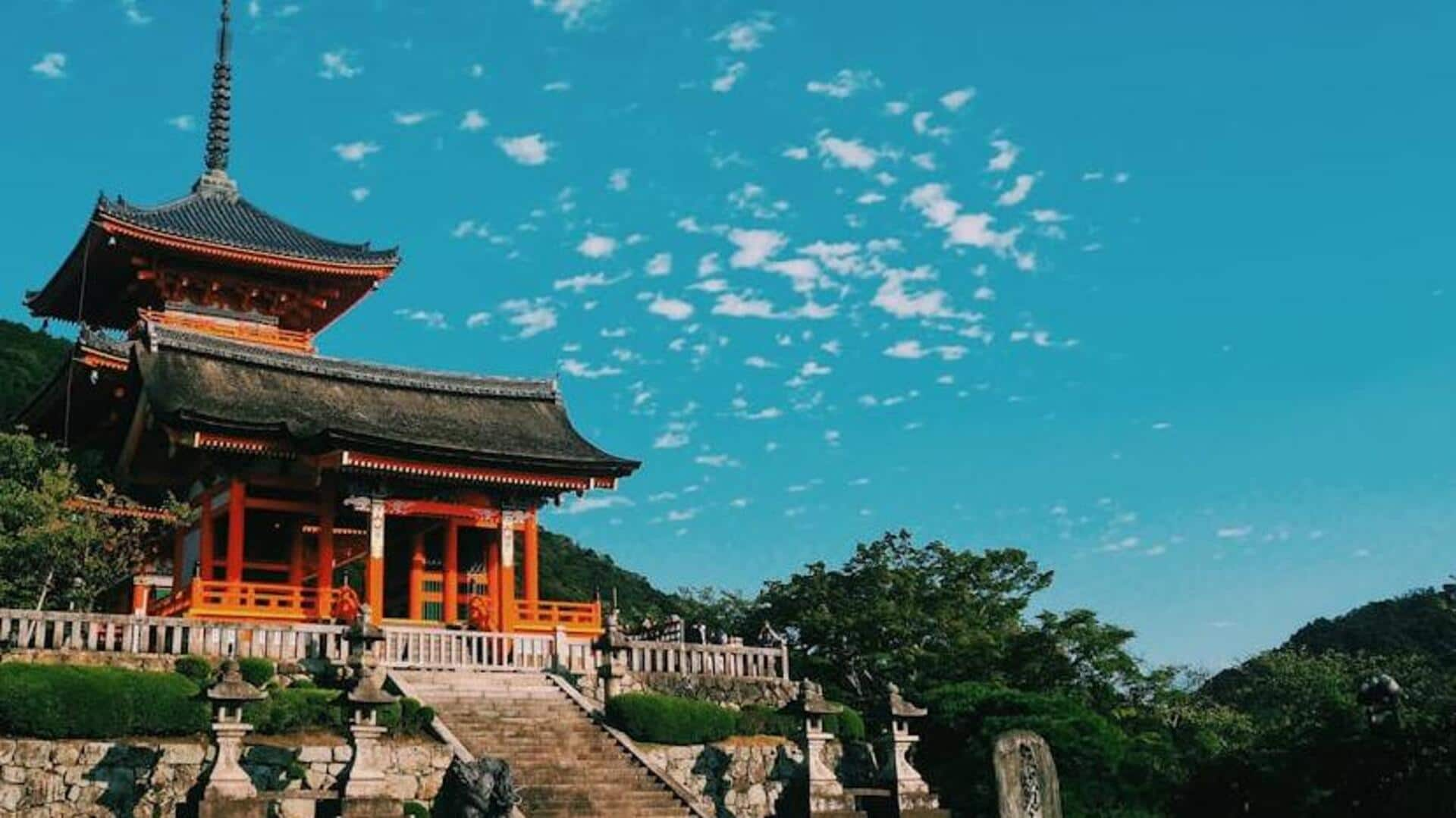
Discover Kyoto's traditional pottery villages
What's the story
Kyoto, steeped in history and culture, is home to Japan's renowned pottery villages. These are not just places where pottery is made; they are living museums, showcasing centuries-old techniques and designs. Visitors can immerse themselves in the rich heritage of Japanese ceramics, learn about intricate processes involved, and even try their hand at making their own pottery pieces.
Kiyomizu-yaki
Kiyomizu-yaki: The hillside pottery haven
Nestled near the famous Kiyomizu Temple, this village is renowned for its Kiyomizu-yaki ceramics. Artisans have been perfecting their craft here since the 17th century. Visitors can discover workshops and galleries that display a broad range of ceramics, from traditional tea ware to modern designs. By participating in a pottery workshop, guests gain firsthand experience of the meticulous artistry that each piece entails.
Gojozaka
Explore Gojozaka: A ceramic lover's dream
Gojozaka, a must-visit for pottery enthusiasts in Kyoto, is famous for its annual Gojozaka Pottery Festival in August. This area transforms into a bustling hub where collectors and tourists can find unique ceramics. Its narrow streets are lined with shops selling Kyo-yaki and Kiyomizu-yaki ceramics year-round, making it an ideal place to buy a special souvenir or admire the craftsmanship passed down through generations.
Shigaraki
The charm of Shigaraki: Rustic beauty
Though slightly outside Kyoto, Shigaraki deserves mention for its significant contribution to Japanese pottery. This village is famous for its tanuki (raccoon dog) statues and unglazed stoneware that has a natural, earthy appeal. The Shigaraki Ceramic Cultural Park offers insights into the history of this unique style and provides facilities for visitors to create their own pottery under expert guidance.
Asahiyama
Immerse yourself in Asahiyama: A hidden gem
Asahiyama, less known than other pottery villages, offers a serene atmosphere and a rich ceramic tradition. Artisans here specialize in tableware made from local clay, giving their pieces a unique texture and coloration. A walk through this quiet village provides a glimpse into the potters' daily lives and an opportunity to discover exquisite ceramics away from the crowds.
Iga-yaki
Discovering Iga-yaki: Where tradition meets innovation
Iga, near Kyoto, is famous for its thousand-year-old Iga-yaki pottery, known for durability and heat resistance. This makes it ideal for cookware. Visitors to Iga can learn how ancient techniques are preserved while adapting to modern needs. Many studios allow guests to watch the creation of Iga-yaki ceramics, offering a deep dive into this traditional craft.